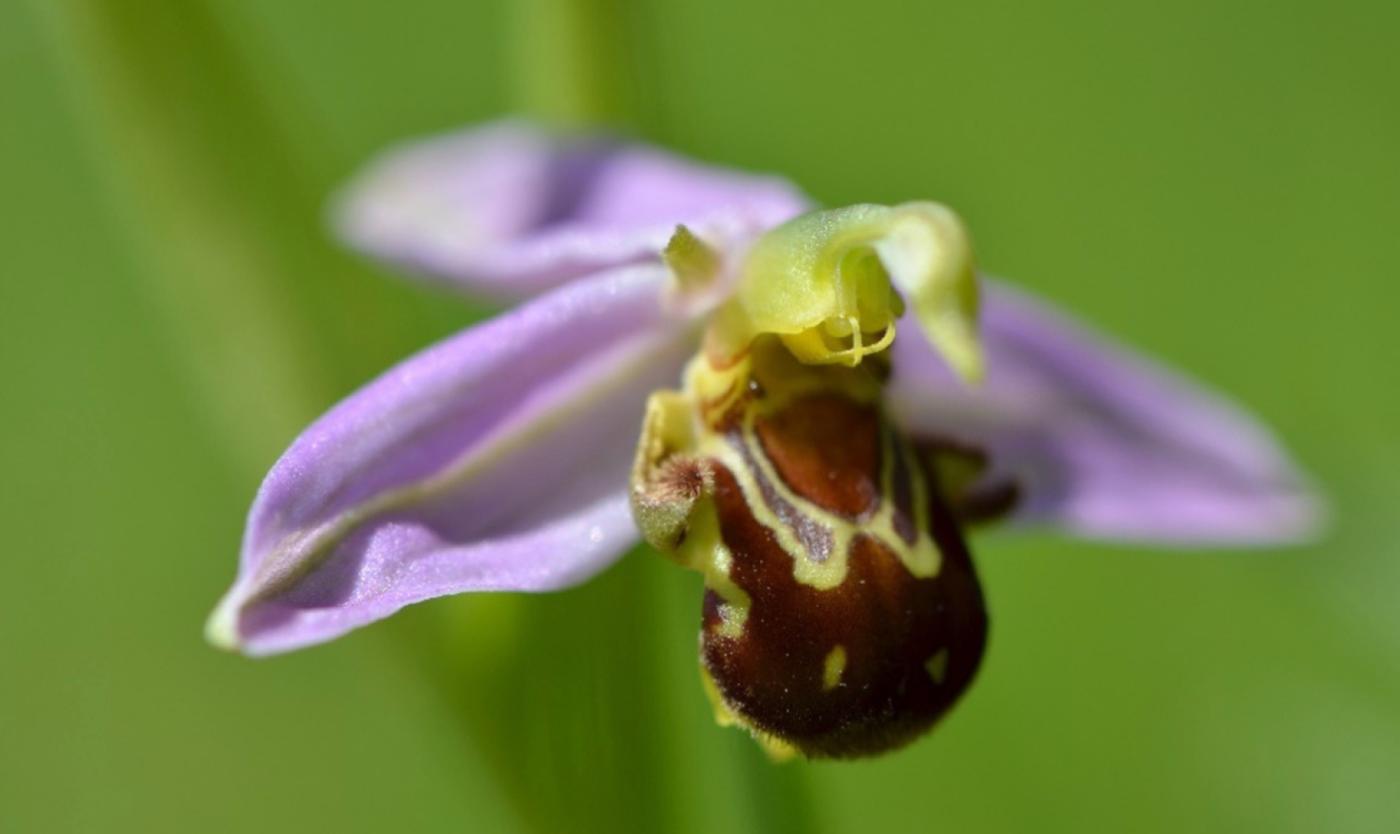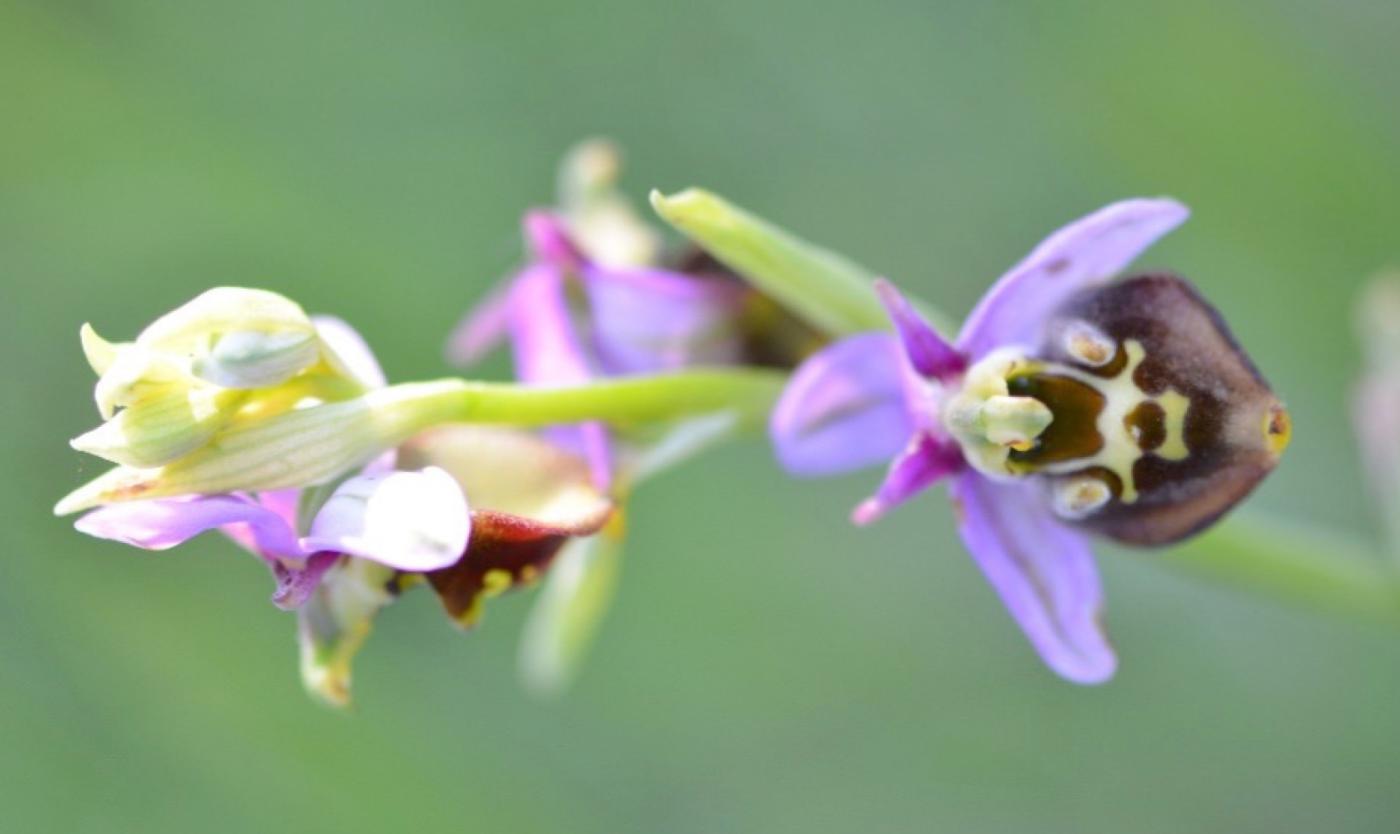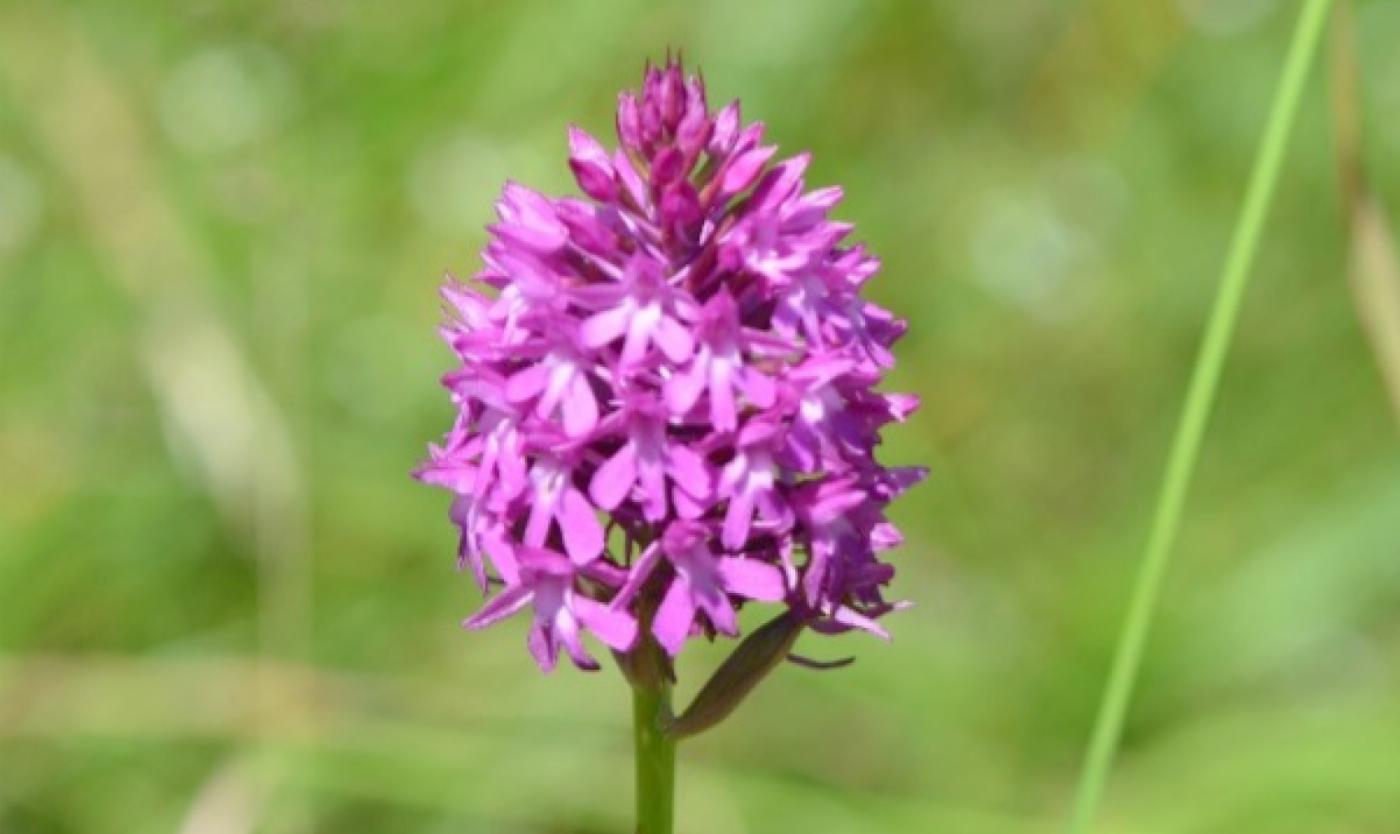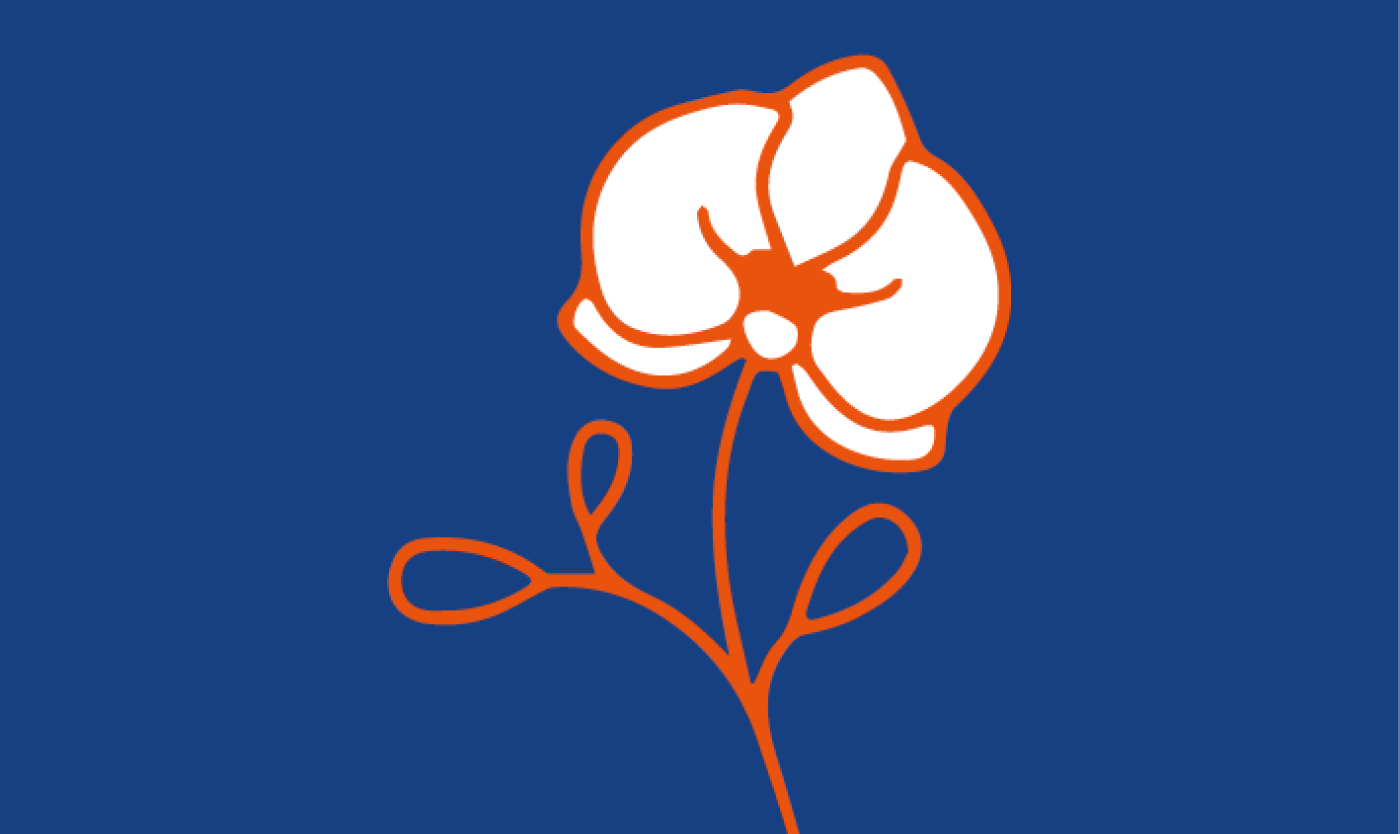Space for special plants
Orchids are unique plants with spectacular flowers that are typical of areas where very little fertiliser is used. Before the rise of artificial fertilisers, plant fertilisers (mainly nitrogen and phosphorus) were rarely used, which meant orchids thrived.
Today, cars and industrial farms emit enormous amounts of nitrogenous substances that are deposited in nature. Phosphorus can be found in animal manure used by farmers and in household wastewater, but also in the fertilisers we generously use in our gardens. As a result, orchids are only found in the few areas with low-nutrient soils.
At the VUB campus, we don’t use artificial fertilisers and the lawn was frequently mowed. This depleted the fertile soil and created the conditions for special plants, like orchids, to grow. Now we no longer mow frequently, we adapt our mowing management to these rare plants so that they can survive and expand.

On campus, you can admire the bee orchid (Ophrys apifera) behind the Braem building. This plant has a flower that somewhat resembles a bee and also produces the scent of a female bee. Therefore, male bees, mainly the long-horned bee (Eucera longicornis), try to mate with the flower, thus spreading pollen. In northern regions, such as Belgium, however, the flower mainly pollinates itself. Why? We’re not sure (yet).
The broad-leaved helleborine (Epipactis helleborine) can be found among the ivy along the paths. That is no coincidence as both plants rely on wasps to pollinate the flowers. This shows that wasps also play an important ecological role in nature.


The third orchid species, the pyramidal orchid (Anacamptis pyramidalis), was found only once on campus but we hope it will reappear soon.
